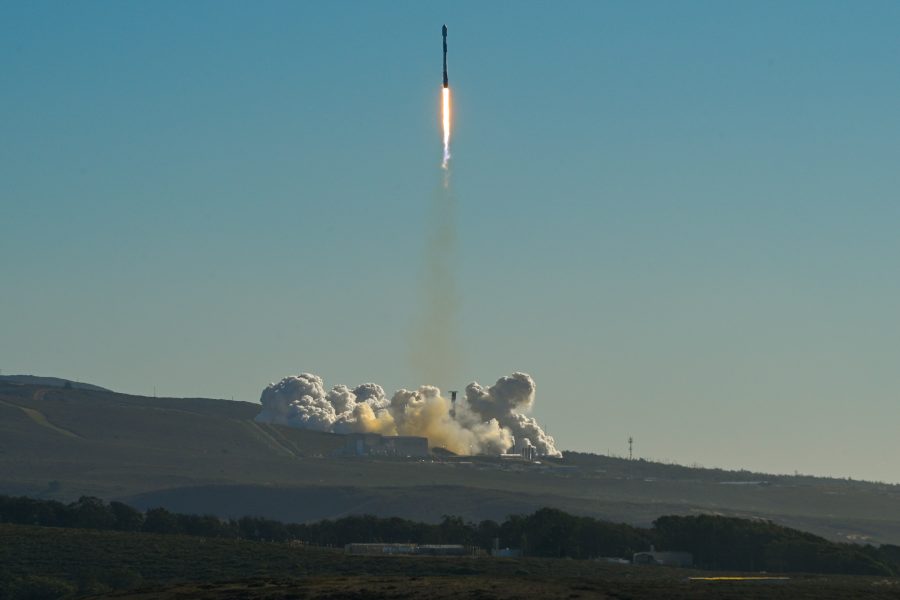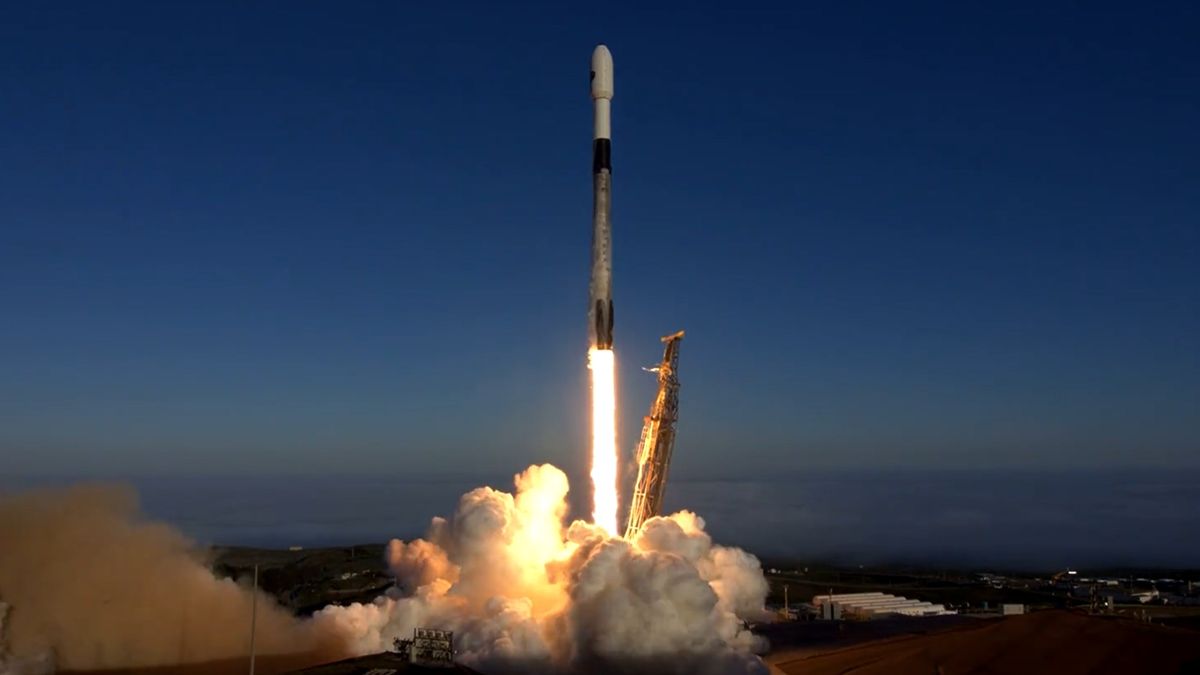Space Development Agency Deploys 21 Data Transmission Satellites


Space Development Agency Launches 21 Data Transport Satellites (Image Credit: airandspaceforces)
Audio of this article is brought to you by the Air & Space Forces Association, honoring and supporting our Airmen, Guardians, and their families. Find out more at afa.org
The Space Development Agency launched 21 satellites for its nascent data transport network Oct. 15, the second mission in a 10-month campaign to field 154 operational spacecraft.
The satellites lifted off from Vandenberg Space Force Base, Calif., on a SpaceX Falcon 9 rocket, the seventh mission for the rocket’s reusable first-stage booster. The booster previously powered five Starlink launches and SDA’s first Tranche 1 mission on Sept. 10. Following the launch, the booster landed on SpaceX’s “Of Course I Still Love You” droneship in the Pacific Ocean.
An SDA spokesperson advised media in advance of the launch that due to the government shutdown, the agency would not be commenting or issuing a release on the Oct. 15 launch.
The satellites launched this week were built by Lockheed Martin and will join 21 York Space Systems spacecraft that launched last month. In the coming months, the agency plans to launch 126 more Tranche 1 Transport Layer satellites to provide secure, global connectivity for military operators.
“These data transport satellites will provide unprecedented levels of space-based connectivity for national security situational awareness, enabling our forces to respond faster to emerging threats,” Joe Rickers, Lockheed’s vice president of transport, tracking & warning programs, said in a statement following the launch.
In parallel to the transport capability, SDA and its industry partners are preparing to accept delivery of 28 Tranche 1 missile warning and tracking satellites, which will be launched over four launch missions starting early next year. Built by Northrop Grumman and L3Harris, those spacecraft will help enable the Pentagon’s Golden Dome missile defense system, which aims to create a multi-layered “shield” to protect the U.S. from long-range missile threats.
SDA Director Gurpartap Sandhoo, told reporters in September that Tranche 1 satellites will start providing capability to combatant commanders and other operational units early next year.
“This is the first time we’ll be able to start working with our COCOMs, our joint force, to start integrating space into their operations and getting the warfighters used to using space from this construct,” Sandhoo said at the time. “This is the first time we’ll have the space layer fully integrated into our warfare operations.”
SDA will operate the constellations from ground control hubs at Grand Forks Air Force Base, N.D., and Redstone Arsenal, Ala.
As the satellites begin initial operations in the next four to six months, the agency will begin validating their performance with operators at U.S. Indo Pacific Command and its components, including Space Forces Indo-Pacific. That testing phase will also serve to familiarize units with the capability.
“Doing the warfighter immersion is going to be critical because they have to get trained on this, and we have to provide this capability,” Sandhoo said. “That’s what Tranche 1 will start doing.”
Audio of this article is brought to you by the Air & Space Forces Association, honoring and supporting our Airmen, Guardians, and their families. Find out more at afa.org







